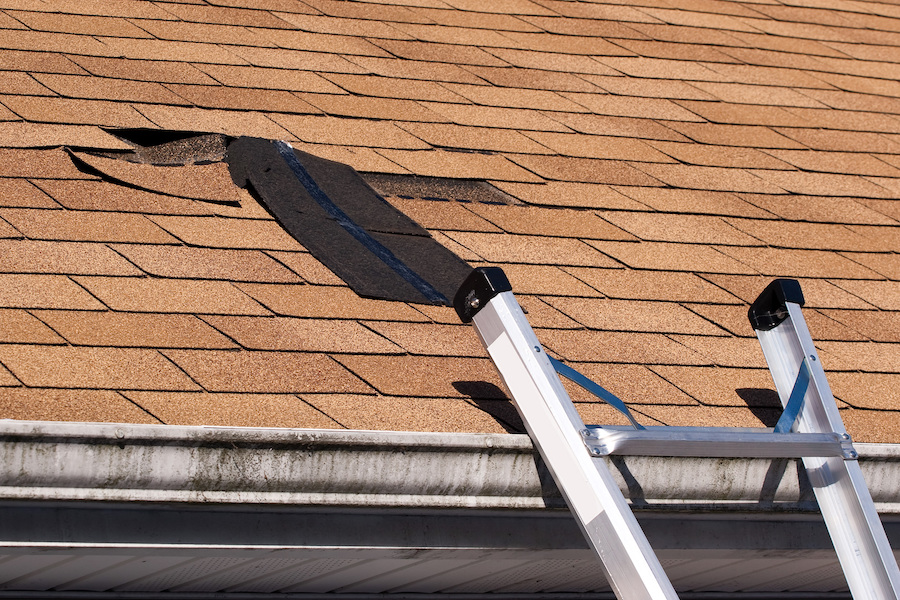Building an Emergency Fund

What is an emergency fund?
We’ve all experienced a financial emergency at one time or another. An emergency fund is money set aside in a separate savings account that could help cover large, unexpected expenses should you find yourself in a financial situation. Unexpected expenses could be unpredicted medical bills, car repairs, repairs or replacement of broken appliances, or even unemployment. An emergency fund is there to help keep you afloat, so you don’t have to rely on credit cards or high-interest loans.
How much to save?
This depends on your financial circumstances. If you’re living paycheck to paycheck, putting money aside can be hard. But even putting a little at a time can help provide some financial stability. Your savings goal should be to have enough to cover at least three months of expenses, but six months is ideal. For example, if you lose your job, the emergency fund should have enough savings to help you pay for necessities while you find a new one.
Where to put it?
Don’t put your emergency fund in your daily bank account where you’ll be tempted to withdrawal unnecessarily. Open a separate savings accounts with a high-interest rate that’s easily accessible. Emergencies can happen at any time, so having a savings account that’s readily available is crucial.
You could also put your funds in a high-yield savings account. These types of savings accounts are federally insured up to $250,000, so it’s a safe way to save. Plus, the money you put away will earn interest, and you can access it quickly and easily when needed to withdraw or transfer funds.
Steps to take to build an emergency fund:
- Calculate the total you want to save and set a goal. Look at your monthly expenses to help you create a specific goal for your savings and calculate how much you have to put away monthly.
- Set monthly savings goals. Once you have a goal in mind, create a system to make constant contributions, whether you set aside a certain amount of cash each day, or automatically transfer money to your emergency fund savings account each time you get paid.
- Save your tax refund. If you expect a refund each year, putting this aside is a great way to boost your emergency supply. To make this easy, consider having your tax refund directly deposited into your emergency savings account.
- Regularly monitor your account to make sure you’re sticking to your goals and make any adjustments needed.





